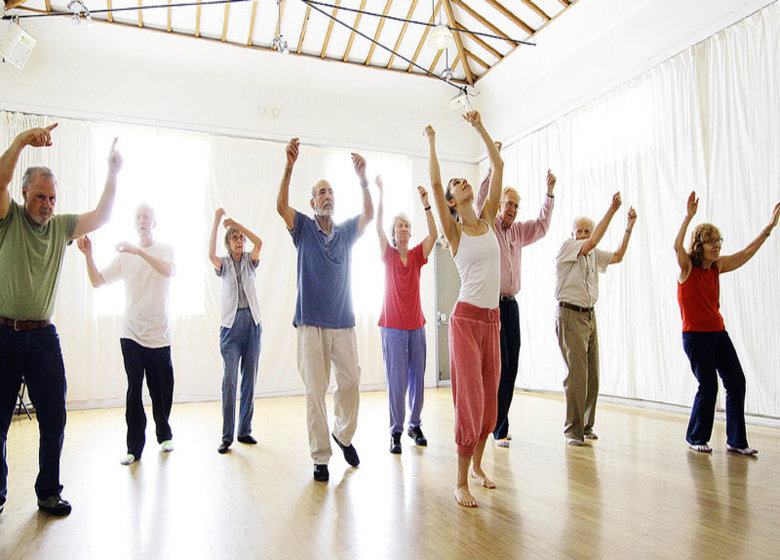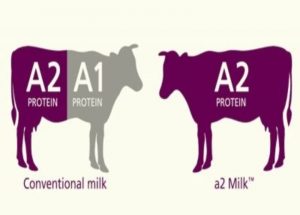The Benefits Of Dance Movement Therapy
It’s a well-known fact that moving is good for the body and mind. The mental and emotional benefits of movement are plentiful. The same endorphins that make you feel better when moving also help you concentrate and sleep better, have more energy, and can help you become more resilient when faced with the mental or emotional challenges of life.
Moving regularly is an investment in your mind, body, and soul. One of the more expressive ways to integrate movement into your eating disorder recovery is through dance therapy.
History
People have been dancing – both for enjoyment and emotional expression – for thousands of years. Much of the theory behind dance therapy as we know it today originated in the UK. In the U.S., dancer, performer, and choreographer Marian Chase is often regarded as the pioneer of dance therapy. Trained in New York City and strongly influenced by the work of Carl Jung, Chase opened a dance studio in Washington, D.C. back in the 1930s. Psychiatrists at a local hospital saw improvements in their patients who were attending her dance classes. Chase began giving lectures on the benefits of dance in the 1940s. Over time, other professional dancers followed suit, using dance to help people with a variety mental and physical health issues.
In 1966 the American Dance Therapy Association was established, and dance therapy became recognized as a viable form of psychotherapy. The ADTA is the only U.S. organization that’s dedicated to the profession of dance and movement therapy. Members of ADTA hail from all over the U.S. as well as 39 countries throughout the world.
Today, dance therapy is used in a variety of treatment settings. These include mental health centers, rehabilitation programs for eating disorders, substance addiction treatment facilities, hospitals and medical centers, treatment centers for dementia, nursing homes, adult day care centers, assisted living facilities, prisons, specialized school programs, mental health clinicians in private practice, and other healthcare facilities and programs.
What Is Dance/Movement Therapy?
Defined, dance/movement therapy (DMT) in the US is the psychotherapeutic use of movement and dance to support intellectual, emotional, and motor functions of the body. As a form of expressive therapy, DMT looks at the correlation between movement and emotion.
Also called “movement psychotherapy” single fixed type of movement style used within this therapeutic exposure. Programs range from traditional dances like ballroom to more subtle forms of movement like yoga and stretching to calm the body. It’s important to note that a DMT licensed practitioner would lead a session within a therapeutic setting. Therapy sessions are focused on movement behavior as it comes forward through the guided session.
Through this exposure, a therapist will use movement to help a client achieve emotional, cognitive, physical and social integration. The benefits include stress reduction and mood management. Within eating disorder recovery, it can also help improve body image and self-esteem. Founded within the idea that motion and emotion are interconnected, this creative expression can also help improve communication skills for better relationships. Movement can express aspects of a personality that a licensed therapist can be in tune with for deeper connection in recovery therapy.
Underlying Principles of Dance Therapy
Dance therapy is based on several psychological principles. These include:
- Trauma and other emotional issues are often “trapped” or held in the body. It manifests themselves in a variety of ways including chronic pain, somatic complaints, restricted movement, and muscle tension.
- Both physical and mental health are impacted (in both positive and negative ways) by the body’s current state.
- Both personality and unconscious processes are reflected in dance and movement
- Recurrent themes can be identified via expressive movement.
- The mind and body are interconnected; treating them together rather than separately helps facilitate healing.
- Improvised dance and spontaneous movement allow give individuals an opportunity to explore different ways of being.
- A substantial part of any therapy is non-verbal; dance therapy provides a perfect opportunity for non-verbal expression, particularly when verbal expression is severely hindered (e.g. due to cognitive decline or severe trauma).
Stages of dance therapy
A dance therapy session usually follows four distinct stages:
-
Preparation
– this initial stage involves getting warmed up for movement and dance; proper warm-up ensures safety by reducing the risk of injury.
-
Incubation
– this stage focuses on being mindful, relaxed, and open to the process.
-
Illumination
– this stage is where you’ll learn what different movements reveal and represent, and how they impact you.
-
Evaluation
– the last stage involves processing or reviewing the session (e.g. talking about what occurred and its significance, what you experienced, the therapist’s observations, reviewing progress towards treatment goals, etc.).
Generally, dance therapy sessions are done on a weekly basis for outpatient treatment. In some settings, such as a hospital or residential treatment facility, the sessions may occur daily or several times a week. The length of treatment will vary based on multiple factors, including but not limited to your particular health concern (e.g. depression, healing from trauma, recovering from addiction, or a physical health concern).
As with all types of therapy, it’s important to have specific goals in mind in order to get the most out of treatment. Granted, as things emerge during therapy your goals may expand or change to some degree. If you’re participating in dance therapy as an adjunct to regular talk therapy, your dance therapist and primary therapist will periodically touch base regarding progress and any issues or concerns that may emerge.
WHAT KIND OF ISSUES CAN DANCE THERAPY HELP WITH?
Dance therapists work with people in therapy to help them improve their body image and self-esteem. Dance/movement therapy is a versatile form of therapy founded on the idea that motion and emotion are interconnected. The creative expression of dance therapy can bolster communication skills and inspire dynamic relationships. It is commonly used to treat physical, psychological, cognitive, and social issues such as:
Physical Issues:
- Chronic pain
- Childhood obesity
- Cancer
- Arthritis
- Hypertension
- Cardiovascular disease
Mental Health Issues:
- Anxiety
- Depression
- Disordered eating
- Poor self-esteem
- Posttraumatic stress
Cognitive Issues:
- Dementia
- Communication issues
Social Issues:
- Autism
- Aggression/violence
- Domestic violence trauma
- Social interaction
- Family conflict
Feelings and life experiences live inside the body and can get trapped there. You don’t have to be a dancer to benefit from dance movement therapy. The body can be the key to unlocking profound levels of healing. DMT is not a dance class. It is a therapeutic exposure that can be used in conjunction with other eating disorder therapies to help access genuine, long lasting change.
Also read – What is Aromatherapy? – Uses and benefits













